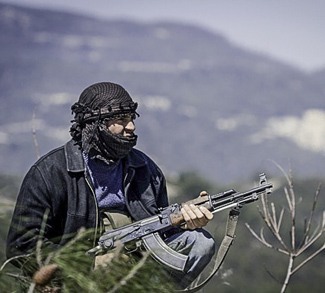The Syrian civil war has now dragged on for over five years, killing an estimated 450,000 people.
2016 proved decisive on the battlefield, both in terms of territory and foreign backers. Broadly speaking, the year continued many of the trends witnessed in 2015, with government forces getting a reprieve thanks to Russian air support, and manpower gaps being filled by Iran and Lebanon-based militias. Foreign patrons have also been shifting their allegiances through 2016. Most importantly is the case of Turkey, which gave up the dream of a Sunni government in Damascus and aligned itself with Russia just one year after the shooting down of a Russian Su-24 brought their bilateral relations to the brink. The new Russia-Turkey axis allows for the leveraging of their strategic assets (Turkish armed forces and Russian air power) to try and force a ceasefire, and all without the involvement or assent of the United States.
This new state of affairs bore fruit for the Assad government in December, when government forces took control of the rebel stronghold of Aleppo. Now for the burning questions looking ahead to 2017: Will the fall of Aleppo mean peace, or just a new phase of war? And what will the map of post-war Syria look like?



